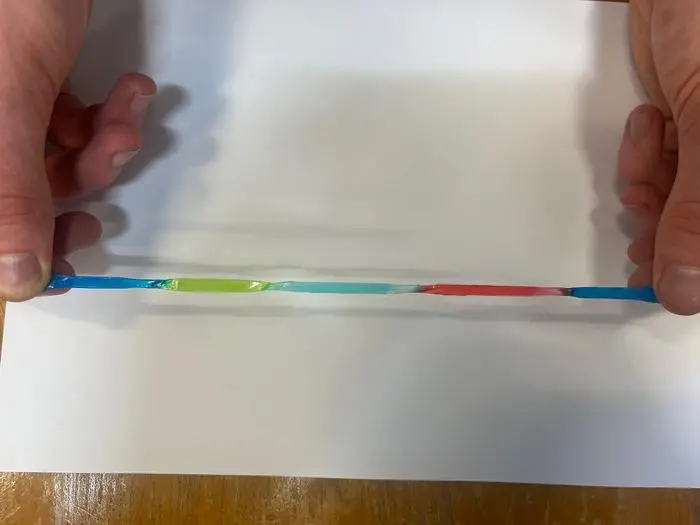
Inspired by Electric Eels, Researchers Develop Stretchy and Self-Healing Batteries
Researchers at the University of Cambridge have developed a novel type of battery – soft, stretchable, and even self-healing – offering exciting possibilities for wearable tech, soft robotics, and even medical implants. Their findings were published on the 17th of July in the journal Science Advances.
Inspired by the electric eel’s ability to generate electricity, the team created jelly-like batteries with a layered structure that conducts electricity. These “jelly batteries” can stretch over ten times their original length without losing conductivity.
This innovation represents a significant leap forward, as traditionally, high conductivity and stretchability have been opposing properties in materials.
However the researchers were able to overcome this challenge by making these batteries from hydrogels, 3D networks of polymers that contain over 60% water. The secret lies in tiny molecules called cucurbiturils, which act like molecular handcuffs. These handcuffs create strong, reversible bonds between the hydrogel layers, allowing the battery to be stretched without falling apart or losing its ability to conduct electricity.
Whilst conventional electronics rely on rigid metallic materials with electrons as charge carriers, the jelly batteries use ions to carry charge, similar to electric eels.
Additionally, despite their softness, hydrogels are surprisingly tough. They can be squished and bounce back to their original shape, and even heal themselves after being damaged.
The key advantage of the jelly batteries lies in their soft, tissue-like properties, making them highly promising for future implants in the human body. Professor Oren Scherman, who led the research, explains, “We can customise the mechanical properties of the hydrogels so they match human tissue, […] Since they contain no rigid components such as metal, a hydrogel implant would be much less likely to be rejected by the body or cause the build-up of scar tissue.”
To see if these jelly batteries can truly live up to their potential in medicine, the researchers are planning next-stage experiments in living organisms. These tests will involve placing the hydrogels in living organisms to assess their safety and effectiveness for various medical applications.


 Previous Story
Previous Story

 Latest articles
Latest articles 

Leave a Comment
Cancel